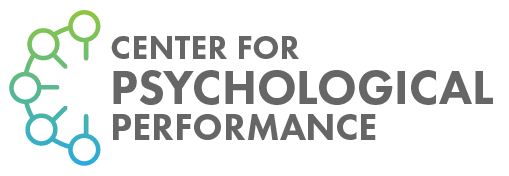Mental Mobility Blog
A Beginner’s Guide to Understanding Dysgraphia
Problems with writing can be the result of a myriad of different things. Children have to be capable developmentally, physically, and mentally. A student must learn how to hold a pencil and develop the fine motor skills to write fluidly. They must also understand how to form each individual letter before learning to connect those letters to make words and finally stringing words together to make sentences. After all of that, students must also master the grammar rules necessary to clearly communicate their thoughts in writing. As you can see, there are many areas that could prove challenging on a child’s journey of learning to write.
In this blog, we will dive into understanding dysgraphia, a unique difficulty with writing that impairs children’s ability to express themselves clearly through the written word.
A Beginner’s Guide to Understanding Dyslexia
Does your child…
Have difficulty reading books on grade level?
Rely on pictures to understand the story?
Perform inconsistently when reading common sight words?
Struggle with remembering and applying spelling rules?
Refuse or get frustrated when required to read for homework?
Guess at words when reading?
Have difficulty recognizing a word even when it was provided within the same sentence?
Read extremely slowly?
Struggle to connect letters to their appropriate sounds?
Show improved comprehension when stories are read to them?
If you said yes to any of these, your child may be one of the 5-10% of the population that have a learning disability known as dyslexia. Let’s learn more about dyslexia, identify the characteristics you may notice in your child, debunk common myths, discuss approaches to help your child succeed academically, and explore the benefits of having a dyslexic mind.



